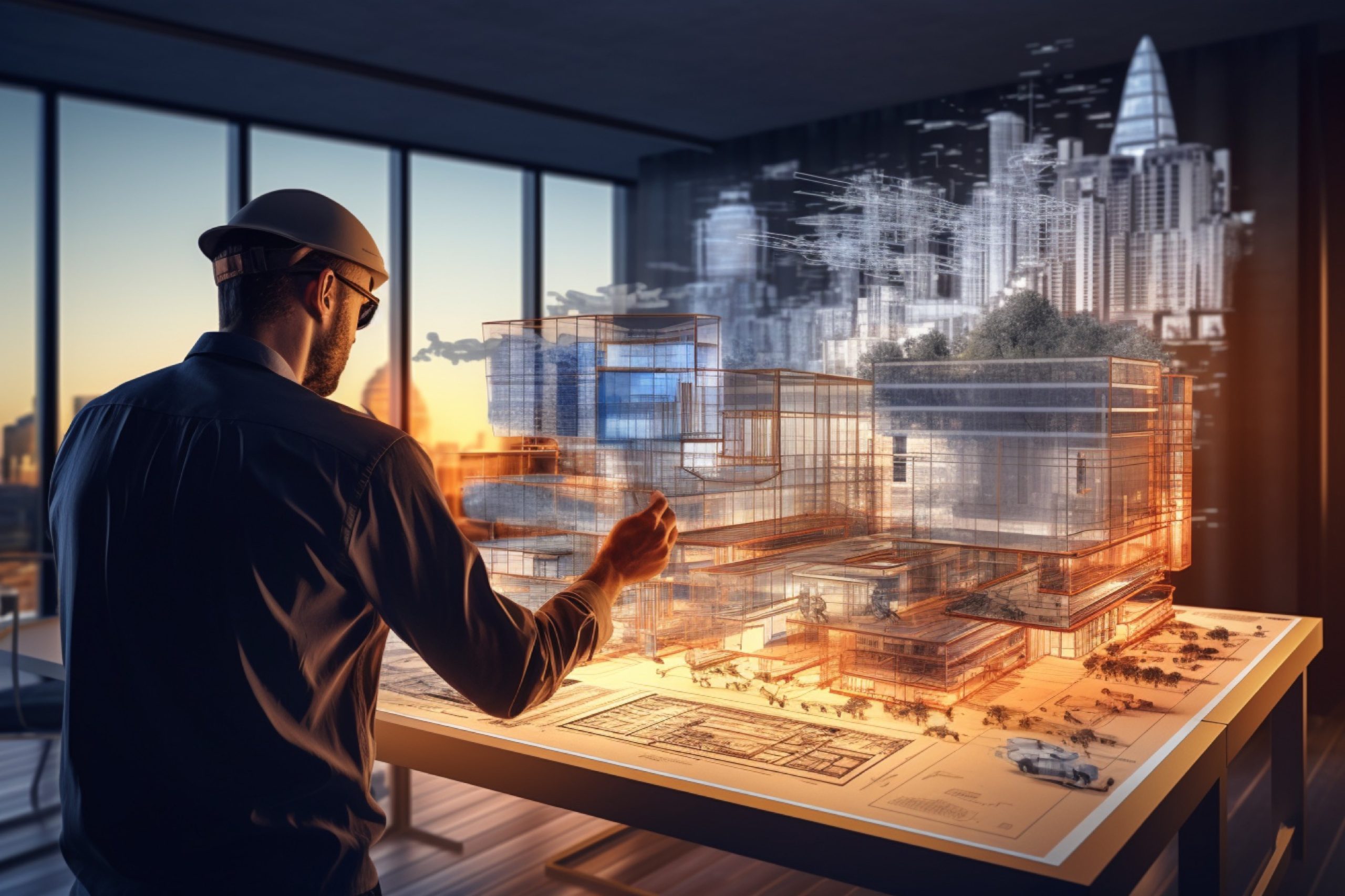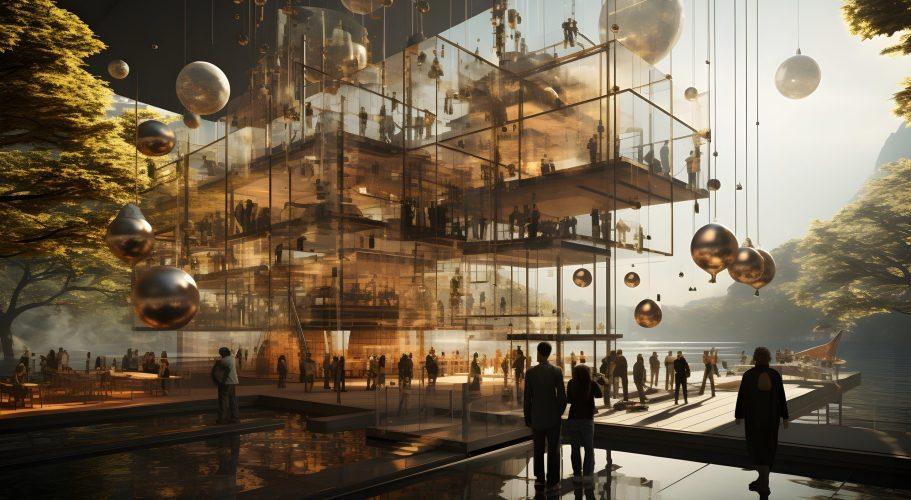
5 min read
“Architecture has this ability to capture the spirit of a place, and in doing so, it becomes a beacon that draws people from all corners of the globe.” – Santiago Calatrava
Introduction
What draws millions of visitors to the towering heights of the Burj Khalifa or the ancient grandeur of the Colosseum? Iconic architecture plays a pivotal role in shaping economic growth and global tourism. More than just landmarks, these structures define skylines, create cultural identities, and drive millions of visitors to cities each year. In an era where urban experiences are fueled by digital media and sustainability, architectural innovation is more crucial than ever in drawing international audiences.

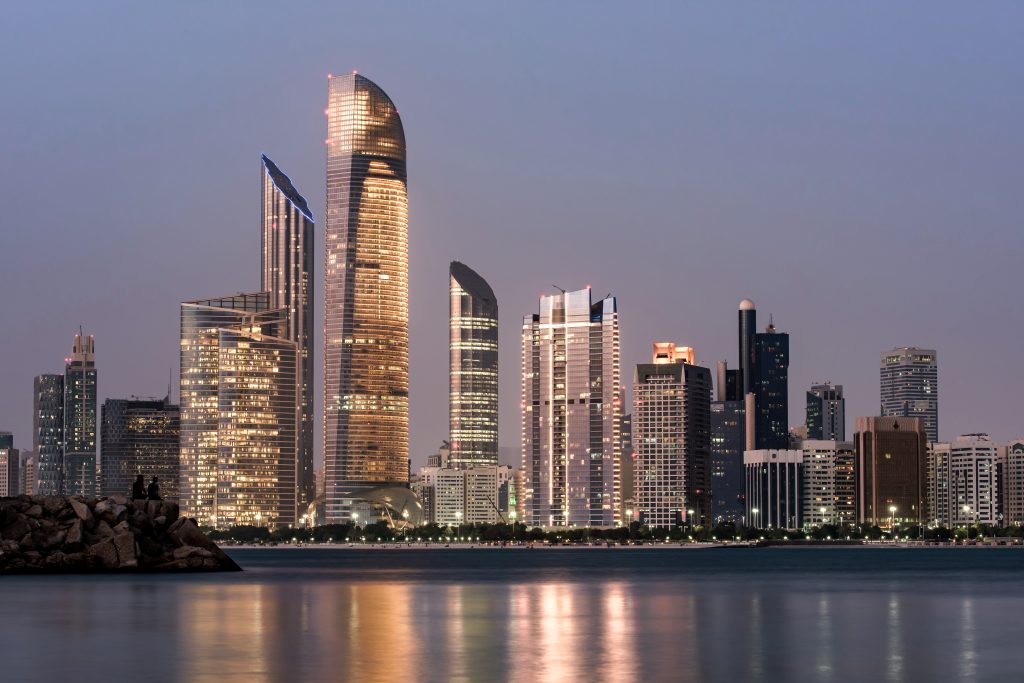
Burj Khalifa
Visionaries like Joe Aoun and his team at JA Architecture recognize how bold architectural design can shape urban identity, enhance spatial experiences, and contribute to a city’s cultural and economic appeal.
Architectural Landmarks And Tourism
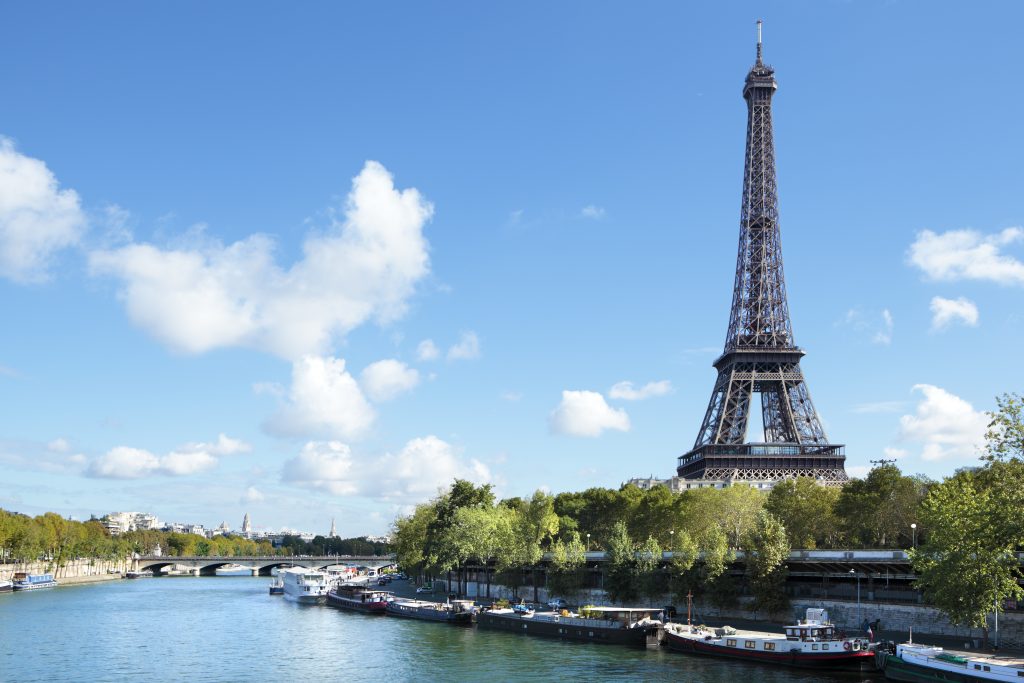
Eiffel towers
From the Eiffel Tower in Paris to the Sydney Opera House, iconic buildings serve as cultural touchstones, defining the character and identity of a city. Tourists travel from all over the world to experience these structures, not just for their beauty, but for the stories they tell and the experiences they offer. As travel trends shift, new architectural landmarks are emerging as must-visit destinations:
- The Museum of the Future (Dubai) – A masterpiece of futuristic design, blending cutting-edge technology with architectural ingenuity.
- The Vessel (New York City) – A striking honeycomb-like staircase structure designed for exploration and social engagement.
- Gardens by the Bay (Singapore) – A fusion of nature and technology, transforming the urban landscape into a green architectural marvel.
These contemporary sites aren’t just monuments—they’re experiential spaces that invite interaction, exploration, and engagement.
The Role of Social Media in Architectural Tourism
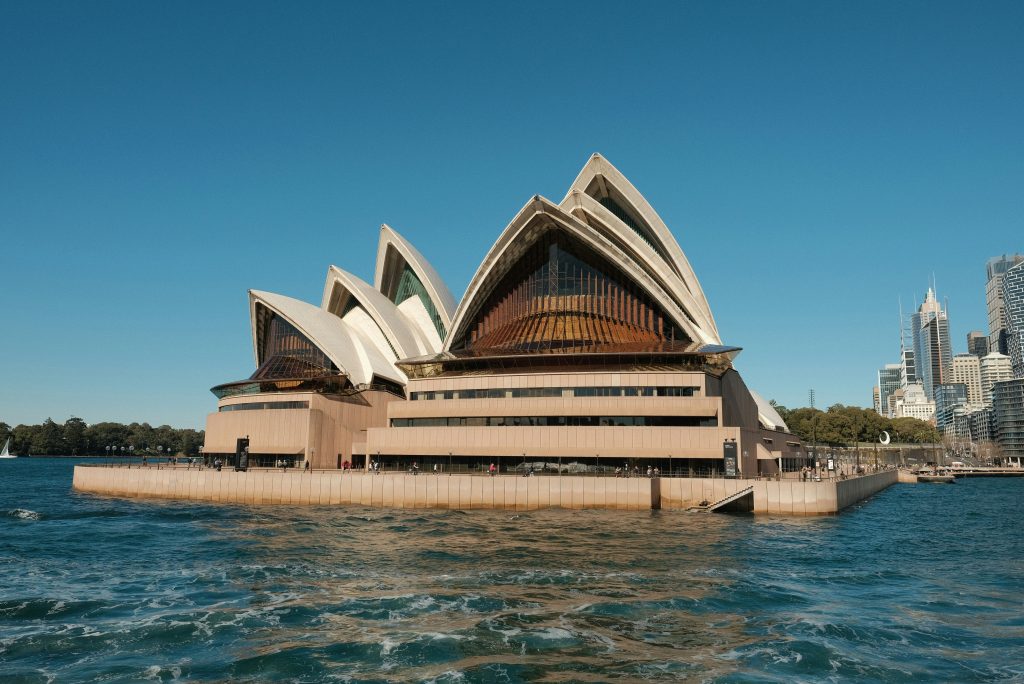
Sydney opera house
In today’s digital-first world, architecture isn’t just seen—it’s shared, tagged, and experienced online before travelers even visit. Social media platforms like Instagram, TikTok, and travel blogs have transformed the way tourists choose their destinations. Photogenic landmarks now drive travel decisions, with structures designed to be visually compelling and immersive.
- The Louvre Abu Dhabi – Its intricate floating dome has made it a viral social media attraction, long before many experienced it in person.
- The Edge (Amsterdam) – Recognized as one of the world’s most sustainable office buildings, attracting global attention.
- Apple Park (California) – Though a corporate headquarters, its architectural transparency and minimalist design have turned it into a visitor attraction.
Post-Pandemic effects
The COVID-19 pandemic reshaped global travel, and architecture has adapted to meet new expectations. Tourists now seek open-air, interactive, and nature-integrated spaces, with cities investing in:
- Green urban spaces – Rooftop gardens, public plazas, and pedestrian-friendly districts are gaining popularity.
- Touch-free technology – Museums and public spaces are implementing augmented reality (AR) experiences.
- Sustainable tourism – Travelers are increasingly drawn to eco-friendly buildings and net-zero hotels that align with responsible tourism.
These shifts highlight how architecture is no longer just a visual spectacle—it’s a living experience that shapes the way people engage with cities.

Jinshanling great wall
Economic Benefits Of Architectural Innovation
Iconic architecture isn’t just visually striking—it’s a strategic economic asset. One of the most compelling examples is the Guggenheim Museum in Bilbao, Spain. Before its construction, Bilbao was an underdeveloped port city. After the museum’s completion, it became a thriving cultural and economic hub, bringing in millions of tourists and generating billions in revenue—an effect now known as the “Bilbao Effect”.
Similarly, the Louvre Abu Dhabi established the UAE as a cultural capital, drawing art enthusiasts and luxury travelers while boosting the local economy. These cases demonstrate that investing in architectural innovation isn’t just about aesthetics—it’s a long-term economic strategy.
Cities that successfully leverage ‘destination branding’ through iconic structures see long-term growth in hospitality, retail, and creative industries. JA Architecture continues to explore how contemporary design, material innovation, and sustainability can contribute to the evolving cityscape. While global landmarks capture headlines, it is the thoughtful integration of innovative materials, modern aesthetics, and functional design that continues to define the spaces where people live, work, and explore.
Conclusion
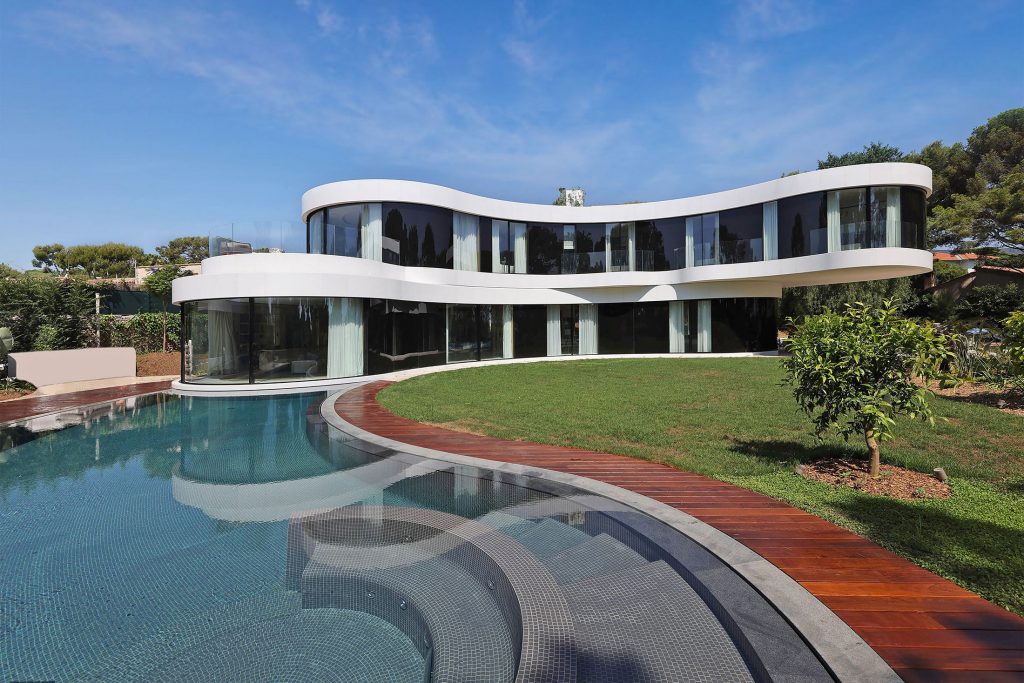
Villa SJ05, Saint-Jean-Cap-Ferrat – France, by JA Architecture
The synergy between architectural splendor and economic vitality is undeniable. By investing in and preserving these monumental structures, cities can ensure sustained economic growth and tourism appeal. Furthermore, the future of architectural innovation promises to bring even more groundbreaking designs that will continue to captivate and draw global audiences.
As we look ahead, the integration of sustainable practices and technology in architecture will further enhance its impact on economies and tourism. The architectural wonders of tomorrow will not only stand as testaments to human creativity but also as pillars of economic strength and cultural significance.
Forward-thinking firms like JA Architecture remain at the forefront of innovation, ensuring that modern design continues to inspire and shape the future of our built environments.
